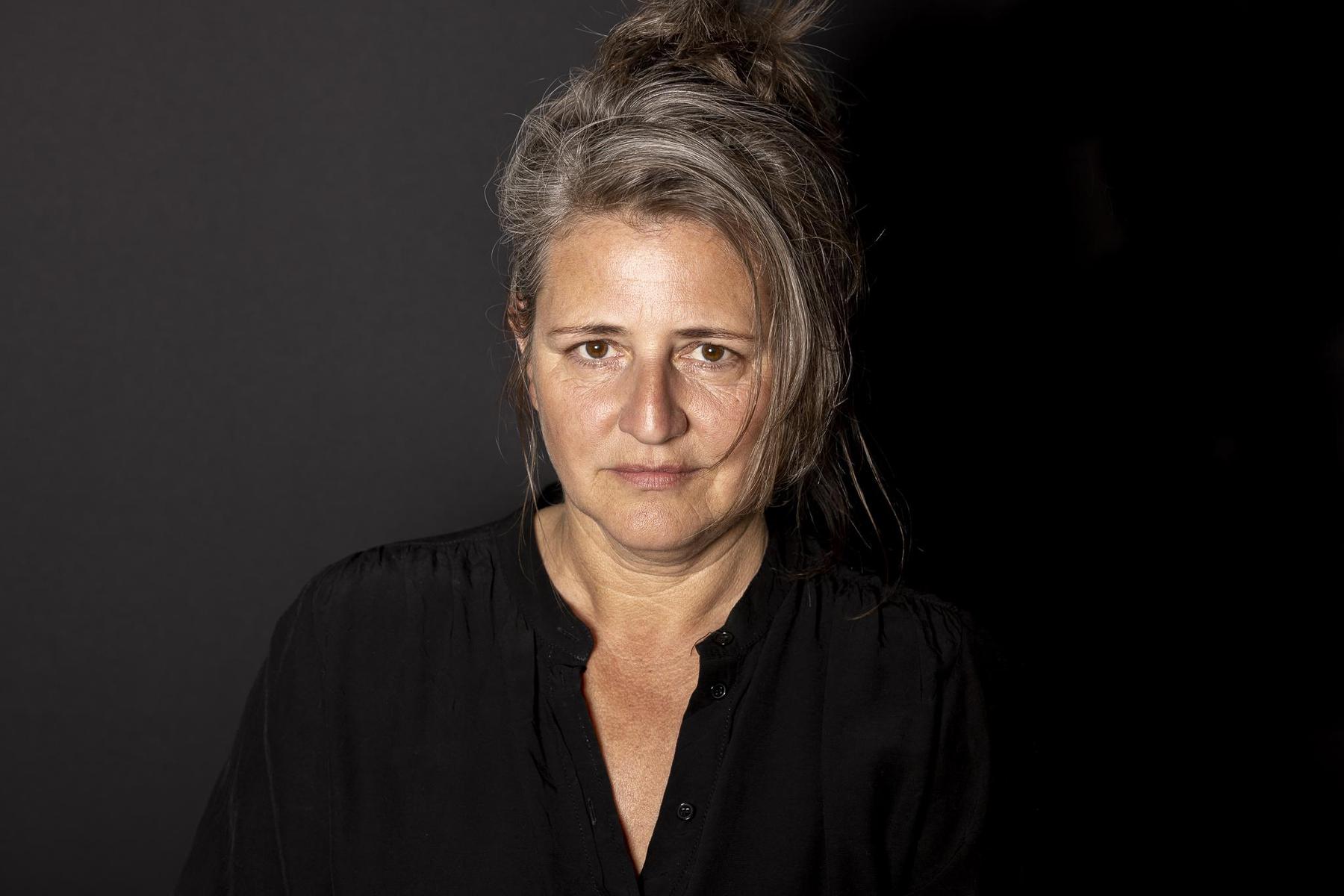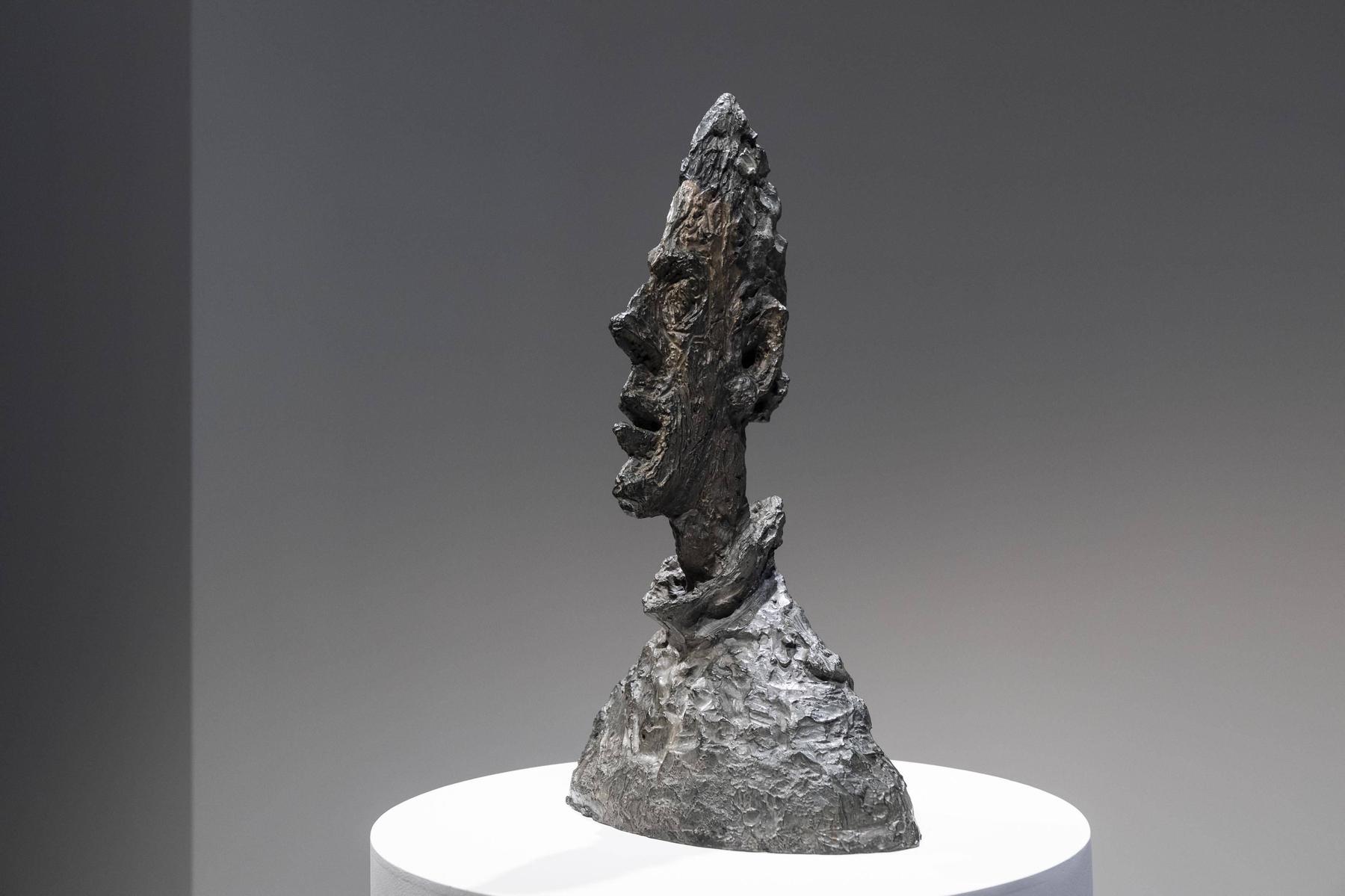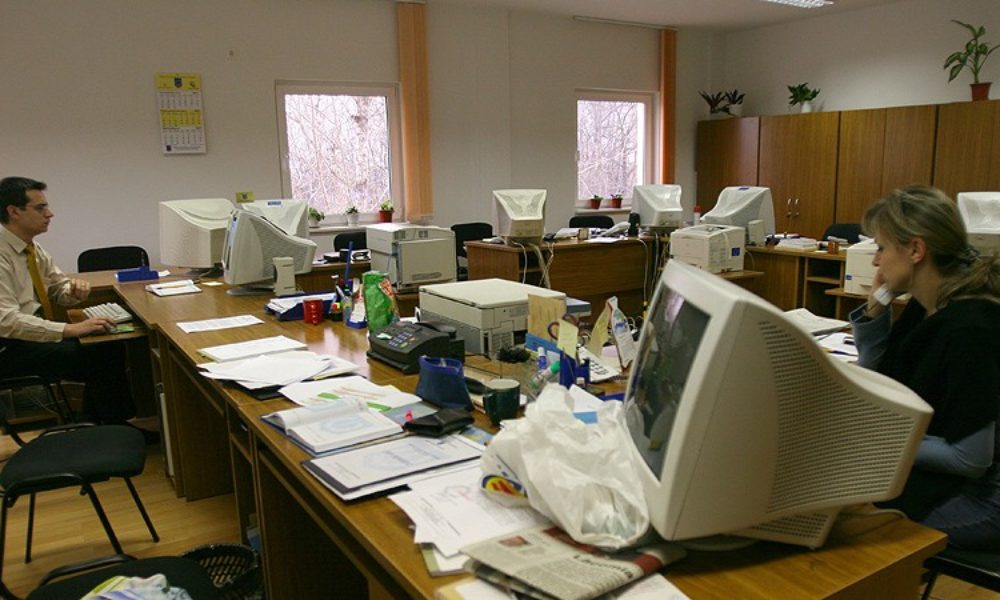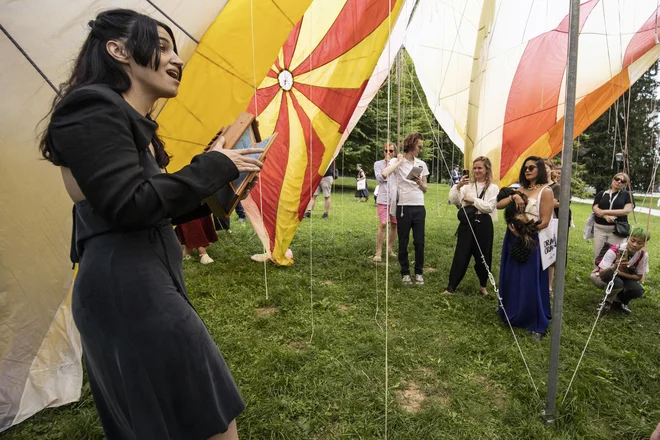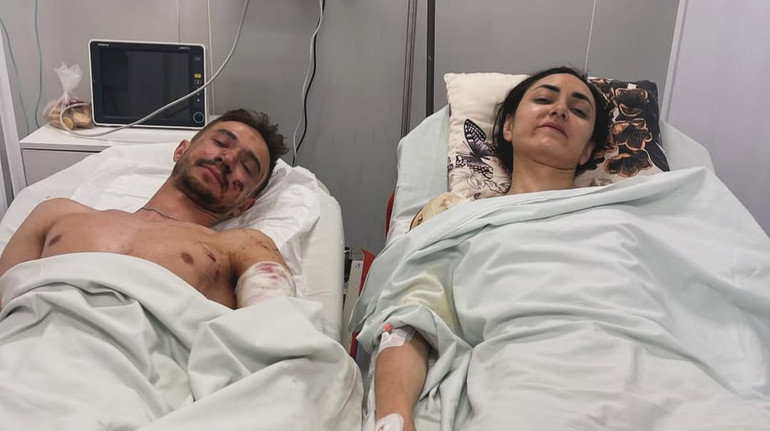What Zoos contribute to species protection – Diepresse.com
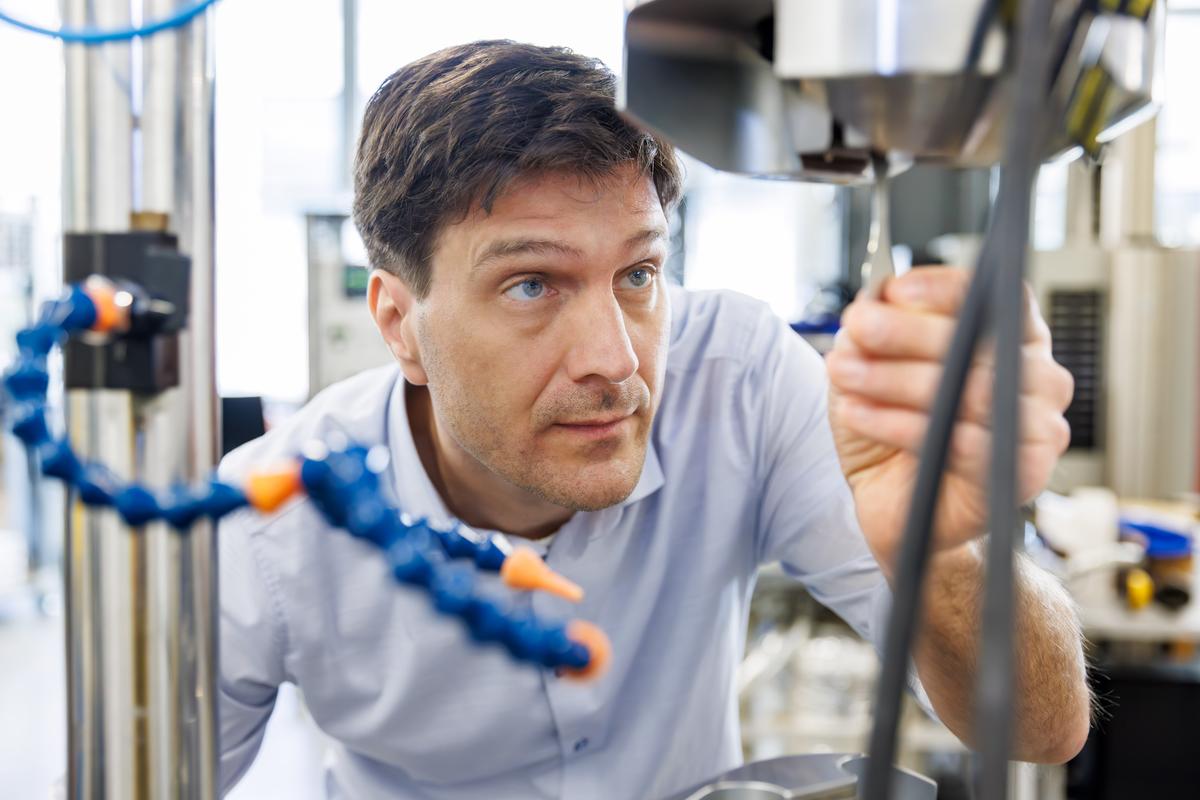
The climate facts of the week also report on annoying heavy rain, the bioavailings for humans and animals, durable steel and a platform, where you can see the disaster risk of your community.
Rare species can survive through zoos
Animal gardens are not only popular as a destination, but essential for species protection. In breeding books, it is documented where which gene pool is present every animal species and how you should cross the males and females to get the species as best as possible. A team of Uni Klagenfurt around Erik Aarden Now checks in one FWF projectWhether also Biobanks contribute to the protection of species: such laboratories collect tissue and blood samples of animal species. The European zoos and aquariums deliver many rehearsals to the BioBank of the Zoo network EAZA. In the fight against the great biodiversity crisis of our time, this project clarifies from a social science perspective how these actions influence further species protection initiatives. The role of EU policy and the global legal situation, which plays together when collecting and exchanging samples, is also observed.
Heavy rain is now even stronger than before
Several groups in Austria take care of the research of weather extremes: in addition to the Wegener Center (see article on the left), the Geosphere Austria with the TU Vienna, the University of Graz and the Ministry of Agriculture publishes that heavy rain in climate change is always even stronger ((Nature). The evaluation of 883 stations in Austria from 1900 to 2023 shows that the amount of rain is higher than before: if you measure a heavy rain per day, the amount of heavy rain has increased by eight percent in 40 years. You can even measure 15 percent more rain per hour than with earlier extreme events.
Good fabrics should work in humans and animals
Bio -availability describes the amount that is available from a substance absorbed for the recycling in the body. A new one Josef Resselzentrum at the FH Upper Austria takes care of « innovative organic availability research » at the Wels location. It's about the health of humans and animals. The more precisely it is known how an active ingredient or vitamin is absorbed in the body, the better food for people and feed for animals can be produced. Dietary supplements are also tried to produce with less resource and energy consumption.
Tolerize the defects: so that steel bands do not tire quickly: Research in Berndorf makes it predictable how durable steel is.
Components should endure more and more – and at the same time save material and weight. This challenge is now changing the team Bernd Schönbauer of the Boku Vienna to. The researchers want to make steel and steel bands more resistant to fractures and cracks. The Christian-Doppler-Labor means « CD laboratory for defect tolerance of steels in the area of high and very high stress cycles » and has the Lower Austrian Berndorf band GmbH on board.
Steel bands are important in food production, for example in baked goods. The team tests fatigue properties of steel and makes its durability predictable: No matter what small defects due to rust, welding or cleaning occur, it must be avoided that the material gets fatigue cracks when the load is changing.
« /> Bernd Schönbauer from Boku Vienna now heads the « CD laboratory for defect tolerance of steels in the area of high and very high stress cycles ». Christoph Gruber/Boku
Assign the risk: where the drought rope increases until 2100: platform reveals where heat for agriculture becomes a problem.
The risk of a drought in Neusiedl am See increases almost all year round by 2100, only in winter it decreases. A similar picture is available in Wieselburg in summer and autumn, the rest of the year is the risk of constant. Anyway. And what about your home community? An answer to this question can be found for Salzburg, Upper Austria and Lower Austria on the publicly accessible CRISDA platform, The team under the direction of Geosphere Austria developed as a service for agriculture.
The standardized procedure determines the climate risk for the next decades from various factors. Building on this, for example, the effect of adaptation measures can be checked regularly.
Web: www.crisda.at/demonstrator.html
(APA/Vers/COG)


